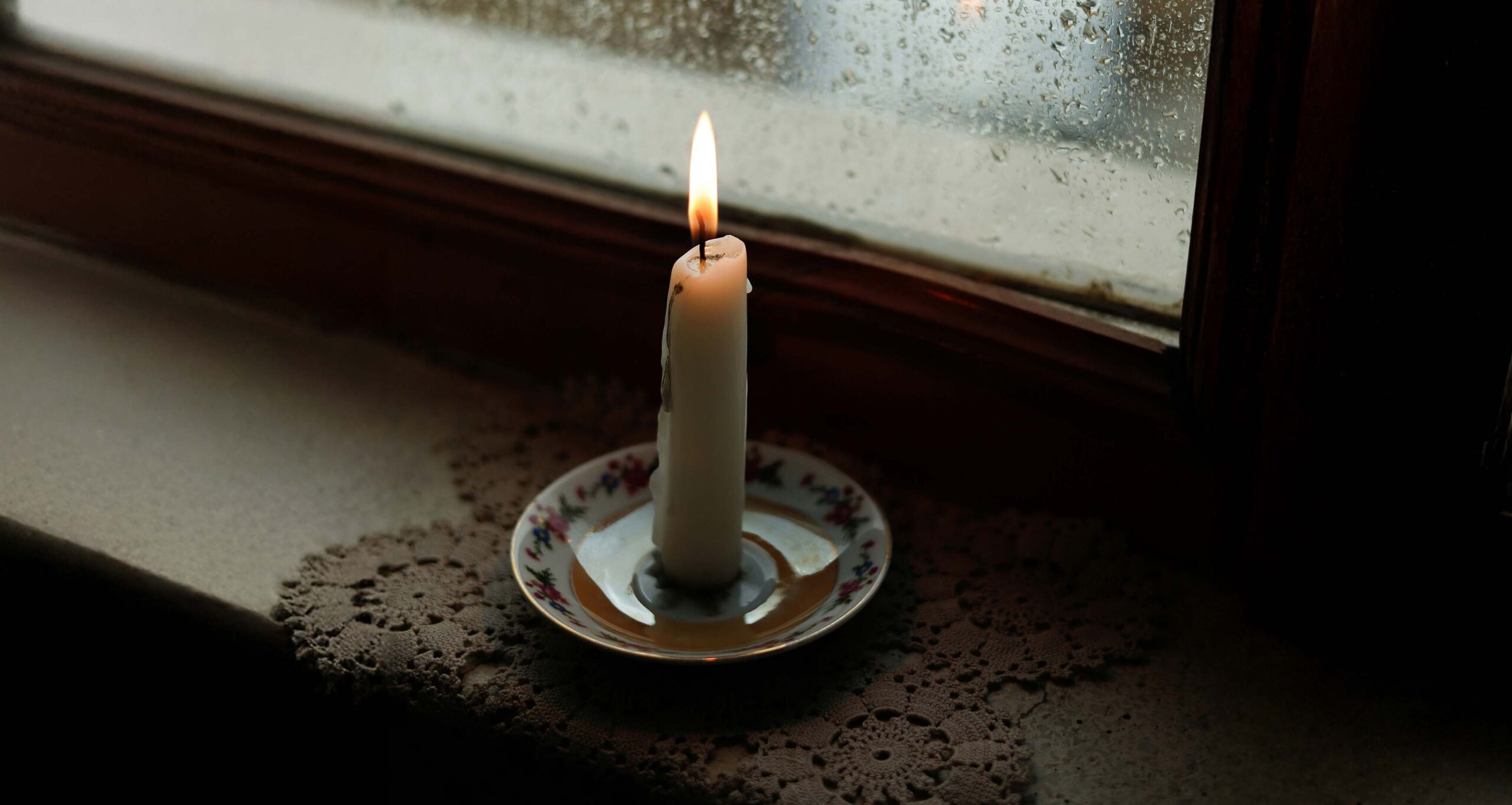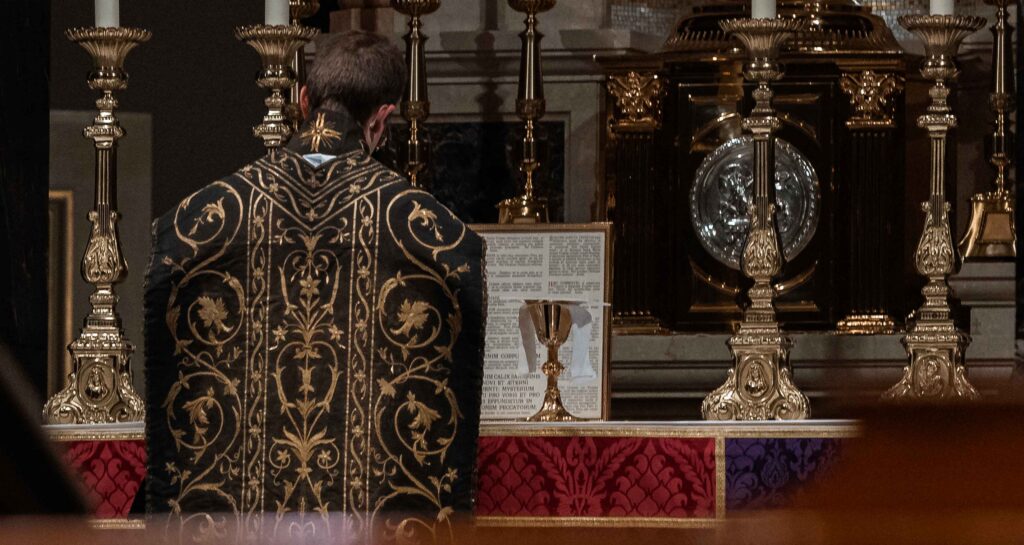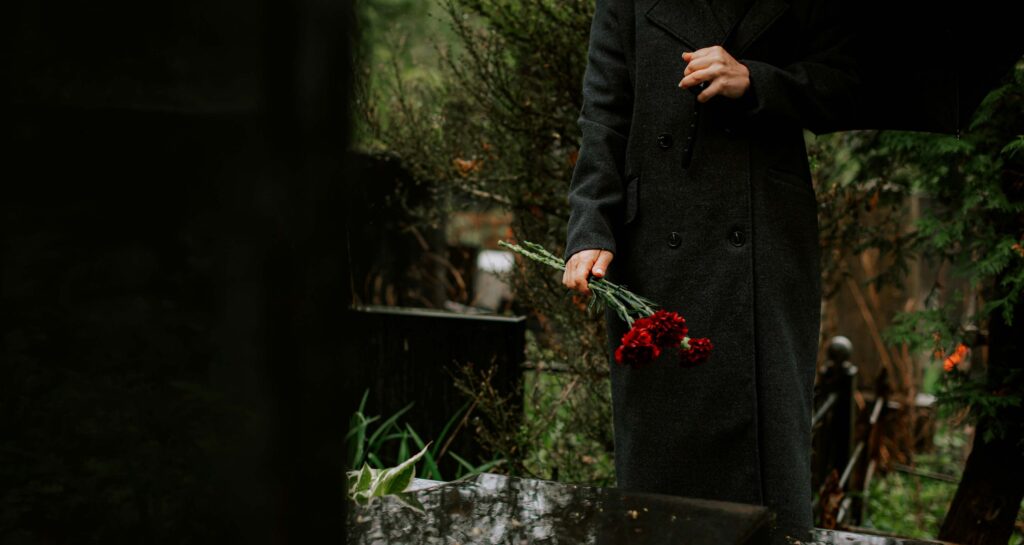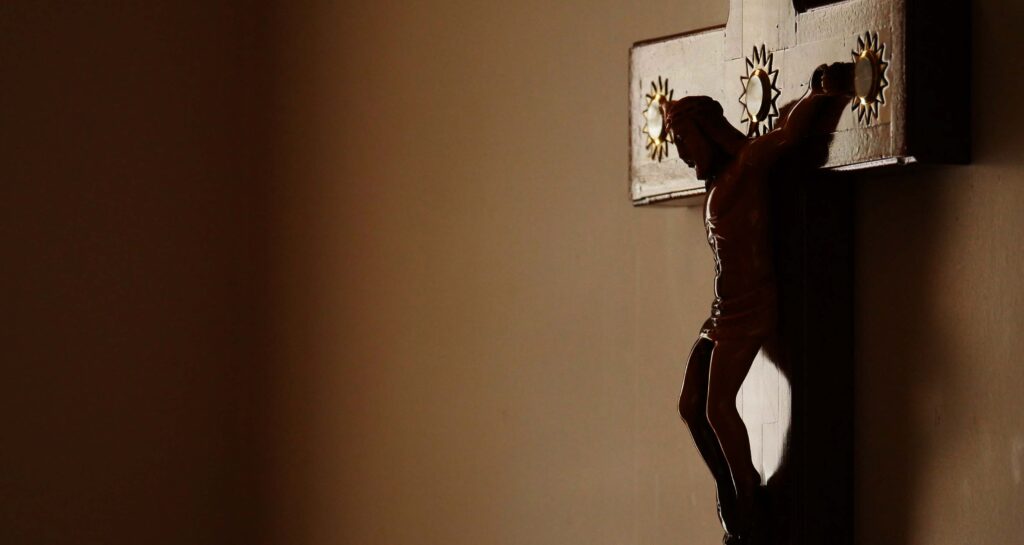Living ‘memento mori’: Family-friendly ways to bring meaning to All Hallows’ Eve
Published on October 22, 2025

As the leaves turn and the air cools, families often start prepping for pumpkins, costumes, and candy. Beyond the fun of Halloween celebrations, this season also offers an invitation to pause and remember what this time was originally meant to teach us: that all things in this world pass away, and that life — because it ends — is sacred and beautiful.
The old Latin phrase memento mori means “remember you will die.” At first, that might sound somber or even strange to teach our children. But it’s actually a freeing truth that is deeply rooted in the Christian tradition and right in our own humanity.
Remembering that our time here is short can help us treasure the people we love, live with gratitude, and keep our eyes on heaven. When we share this with our children in a gentle, faith-filled way, they learn that death isn’t something to fear — it’s something that helps us live better.

The real story behind All Hallows’ Eve
Before there were costumes and candy bowls, there was All Hallows’ Eve — the vigil before the great Catholic feast of All Saints’ Day on November 1. “Hallow” simply means “holy,” and these days were devoted to honoring the saints in heaven and praying for the souls who had gone before us. The next day, November 2, was All Souls’ Day — a time to remember loved ones who have died and to reflect on our own mortality.
Over time, the celebration of All Hallows’ Eve took on more secular folk traditions for many — eventually becoming the modern Halloween that we know. While there’s nothing wrong with enjoying the lighter side of it: dressing up, carving pumpkins, and sharing candy, families can also reclaim the deeper story, helping children see that this season points to hope beyond the grave, not fear.

Simple and beautiful ways to celebrate as a family
You don’t have to give up pumpkins and fun to bring faith into the season. Here are gentle, family-friendly ways to celebrate the deeper meaning of All Hallows’ Eve and the days that follow.
1. Live the season in your home
Add small touches that reflect the season: black or dark purple table runners, a few deep-toned flowers or vases. A simple, beautiful decorative skull or hourglass on the mantel can serve as a memento mori — a quiet reminder that every day is a gift.
You might display family photos of loved ones who have passed away, surrounded by candles or greenery, and share a happy memory about each one. Children love hearing family stories, and this keeps their memory alive in love, not sadness.
2. Visit and pray
Spend an afternoon at a local cemetery. Bring flowers or a candle and pray for family members or parishioners who have died. If you have young children, invite them to place the flowers and say a short prayer.
It’s a simple act that helps them connect prayer with compassion.
3. Honor the saints
Create a small “saints table” with images of your family’s favorite saints. Let your children pick one saint they admire, light a candle, and share what that saint did to love God and others.
4. Reflect and renew
Use this season as a time to let go of clutter — literally and spiritually. As a family, do a fall cleanout of closets, toys, or pantry items, and donate what you don’t need. Talk about how “we can’t take things with us, but we can share love while we have time.”
This practice helps children see generosity and detachment as joyful choices.
5. Gather and give thanks
On All Hallows’ Eve, consider hosting a small bonfire or indoor candlelit prayer night. Sing or pray together, thank God for the year’s blessings, and remember those who have passed.
Moments like these build spiritual memories that last much longer than candy.

Why ‘memento mori’ matters for families
In today’s world, we often protect children from talking about death or loss. But children are naturally curious and often much braver than we realize. When we invite them into these conversations, we help them understand that life is precious and that God’s love is eternal.
Memento mori teaches us to focus on what lasts: love, virtue, and faith. It helps families slow down, declutter, and live with more intention. It’s not about being sad — but finding peace in knowing that heaven is our true home.
You can share this with kids by talking about the changing seasons: “Just like the leaves fall, everything in life has a season. But God makes everything new again.” That small truth can comfort a child far more deeply than we think.

Choosing life by remembering death
Teaching children to live with eternity in mind might be one of the most loving gifts we can offer. When they understand that everything on earth changes but God’s love remains, they grow in peace, courage, and joy.
You might keep one small reminder of memento mori throughout the year — a candle on your prayer table, a small cross in your entryway, or a quote from Scripture.
As we light candles, tell stories, and pray for those we love, we are also whispering a quiet truth to our children: This life is beautiful because it leads to something even more beautiful. And that is the true heart of All Hallows’ Eve.




That was a wonderful read. I recently discovered there are many people who find Halloween dark and evil. You article dug deeper and showed a great religious attitude towards Halloween. I plan on keeping a copy of this article to refer back to, 😊
Please take a look at the reply I sent.
When my Granddaughter was about 3 y.o., we were at a thrift shop, and some woman was telling her daughter that Halloween was evil and about worshipping Satan. I a little louder than needed, told my Granddaughter that Hallow means holy, and it’s actually about remembering all the Saints in Heaven, and those who have died. It’s a holy day that was put in place by the Church to counter a pagan holiday. So, although we indulge in scarey to funny costumes, that’s not what it’s about at all.